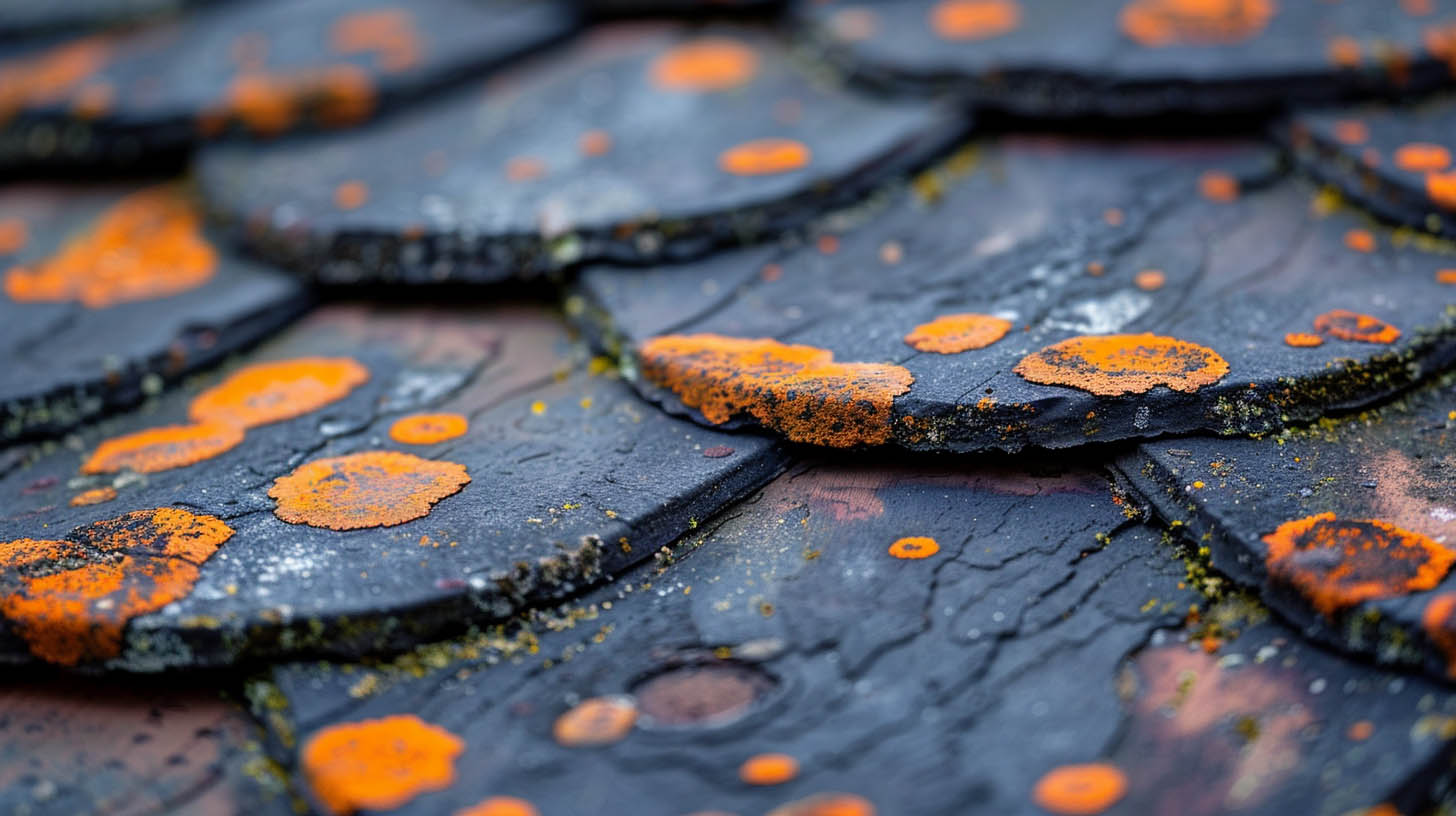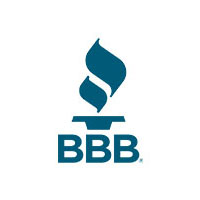
Good Roofing Company LLC, located in Lee’s Summit, MO, provides insights into the common issue of blistered shingles. Blistering can affect the appearance and functionality of asphalt shingles, making it essential to understand its causes and prevention methods.
What Is Shingle Blistering?
Definition
- Blister Formation: Blistering occurs when shingles detach from the underlayment, creating air pockets that result in a bubbled or pockmarked appearance.
- Impact: While often cosmetic, severe blistering can expose the underlying matting, reducing the shingle’s protective abilities and leading to premature roof damage.
Causes of Blistering
Poor Installation
- Inexperienced Contractors: Improper installation, such as leaving gaps or not following guidelines, can lead to blistering.
Ventilation Issues
- Hot and Humid Air: Lack of proper ventilation causes heat buildup, leading to blister formation.
- Moisture Introduction: Wet air settling between asphalt layers can create bubbles and result in blistering over time.
Preventive Measures
Regular Inspections
- Scheduled Check-ups: Regular roof inspections can help identify and address issues before they escalate.
Choosing the Right Contractor
- Experienced Professionals: Hiring a skilled roofing contractor ensures proper installation and reduces the risk of blistering.
Adequate Ventilation
- Proper Outlets: Ensuring the recommended number of ventilation outlets and their functionality prevents heat and moisture buildup.
By utilizing advanced equipment like the Catch All System and The Equipter RB4000, Good Roofing Company LLC ensures your property remains protected and clean during roofing projects.
Conclusion
Understanding the causes and preventive measures for blistered shingles is crucial for maintaining the longevity and effectiveness of your asphalt roof. Regular inspections, proper installation, and adequate ventilation are key to preventing this common issue.
For more on Different Roof Fire Resistance Ratings, click here.









